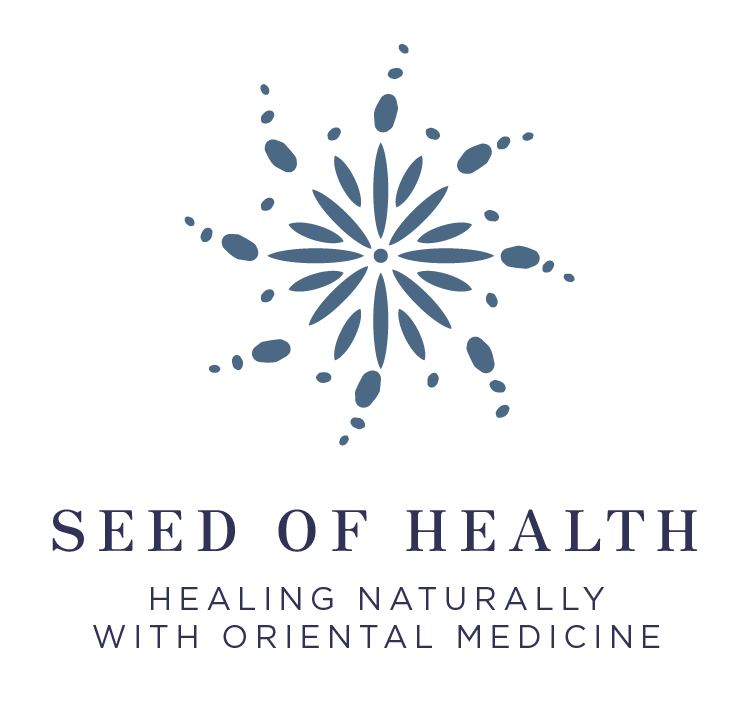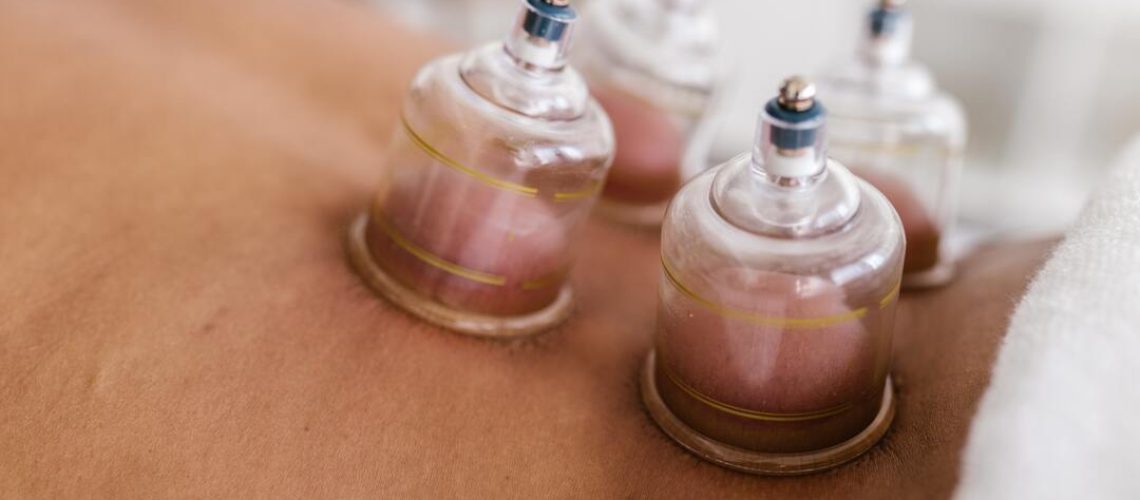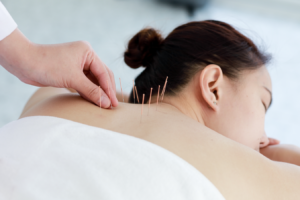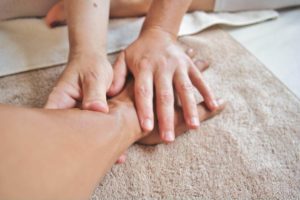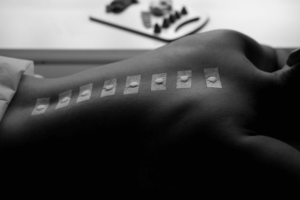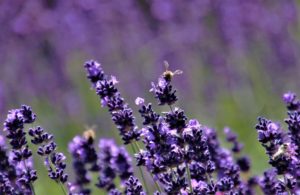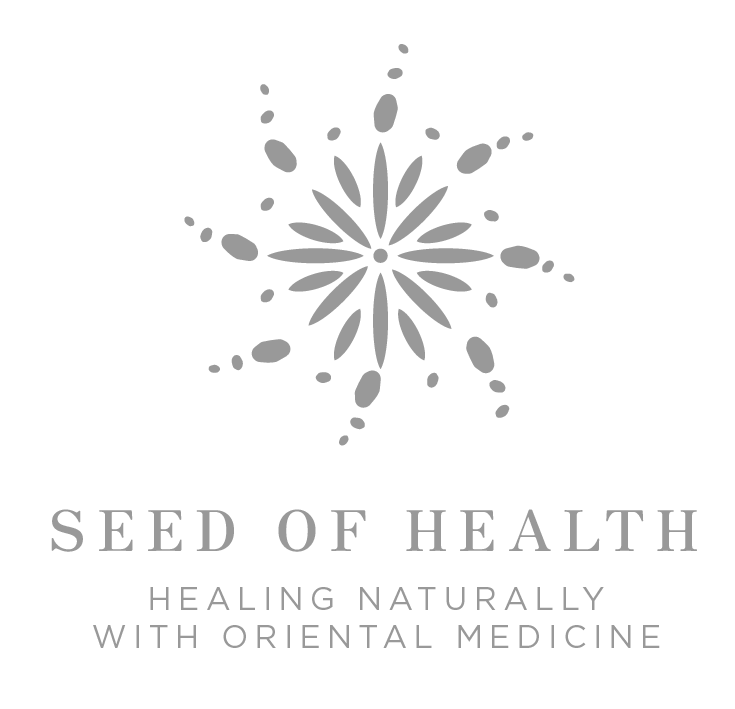Cupping is a lesser-known treatment that is also part of Oriental medicine, one that can provide an especially pleasant experience. One of the earliest documentations of cupping can be found in the work titled A Handbook of Prescriptions for Emergencies, which was written by a Taoist herbalist by the name of Ge Hong and which dates all the way back to 300 AD. An even earlier Chinese documentation, three thousand years old, re The suction in the cups causes the skin and superficial muscle layer to be lightly drawn into the cup. Cupping is much like the inverse of massage – rather than applying pressure to muscles, it uses gentle pressure to pull them upward. For most patients, this is a particularly relaxing and relieving sensation. Once suctioned, the cups are generally left in place for about ten minutes while the patient relaxes.
The side effects of cupping are fairly mild. Bruising should be expected, but skin should return to looking normal within 10 days. Other potential side effects include mild discomfort, skin infection, or burns. However, a trained health professional will apply an antibiotic ointment and bandage to prevent an infection.
More benefits of Chinese cupping for the lungs can clear congestion from a common cold or help to control a person’s asthma. In fact, respiratory conditions are one of the most common maladies that cupping is used to relieve.
Cupping’s detoxifying effect on skin and circulatory system is also significant, with a visible improvement in skin color after three to five treatments. Cupping removes toxins and improves blood flow through the veins and arteries. Especially useful for athletes is cupping’s potential to relieve muscle spasms.
Cupping also affects the digestive system. A few benefits include an improved metabolism, relief from constipation, a healthy appetite, and stronger digestion.
